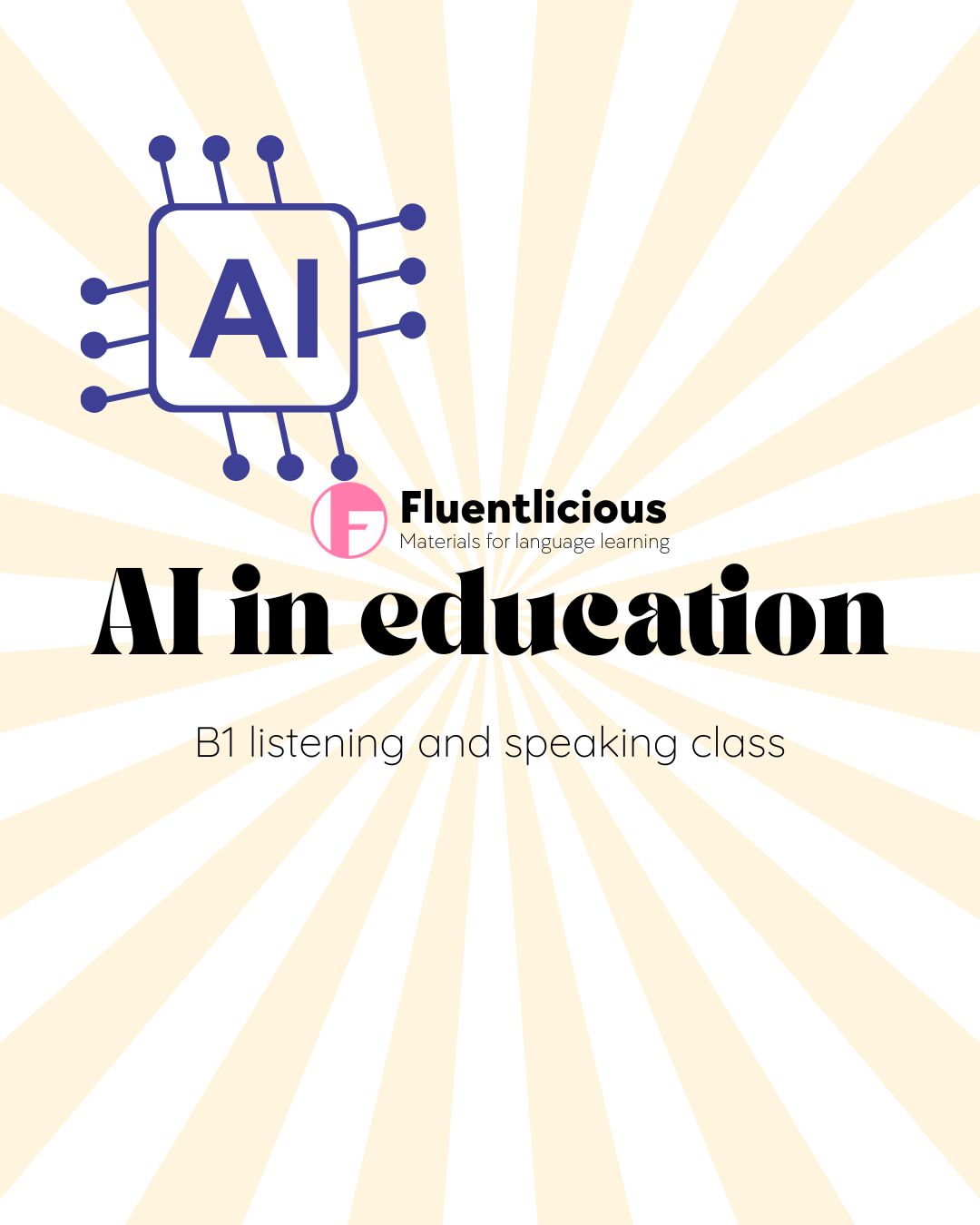Artificial Intelligence (AI) is no longer just science fiction — it’s a part of our everyday lives. From translation apps to chatbots, AI is changing how we work, learn, and communicate. But should it also be allowed in schools and universities?
Our AI in Education ESL lesson explores this hot topic through speaking, vocabulary, and comprehension activities. Students will discuss their views on AI, learn essential tech-related vocabulary, and practise expressing opinions using useful phrases. The lesson also includes a listening/reading task based on real-world news as South Australian universities allowed AI tools in assignments, as long as students are honest about their use.
The comprehension activity uses a true/false format to check understanding of the text, encouraging careful reading and listening. Vocabulary exercises (including matching and gap-fill) help students remember new words like assignment, ethically, appropriate, and biased. Speaking prompts such as “Using AI for homework is cheating” or “AI will replace teachers” give learners the chance to practise agreeing, disagreeing, and supporting their ideas.
This engaging and relevant lesson is perfect for intermediate (B1) students. It not only improves English skills but also builds critical thinking about technology in our lives.


Leave a Reply